Renewable energy and the impacts on nature
Australia’s renewable energy transition must minimise negative impacts on nature and cultural values.
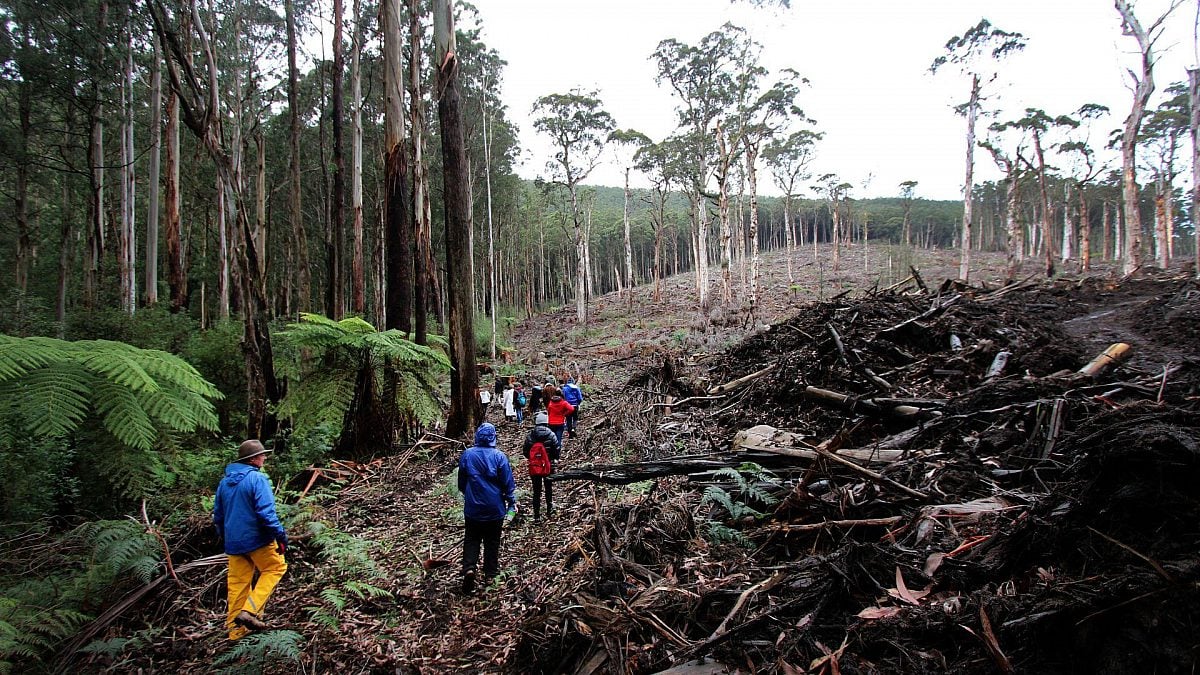
Australia is big on biodiversity and, unfortunately, extinction. So much land, so much unique wildlife. The island continent holds over 10% of the world's biodiversity. But it is being trashed at an astounding rate—for private profit.
Bulldozers clearing for beef. Ancient forests logged for packaging. Land desecrated for fossil fuel expansion.
The figures are daunting.
In the roughly 200 years since colonisation, 50% of the continent's forest and bushland have been wiped out.
Australia is number 1 for mammal extinctions in the whole world
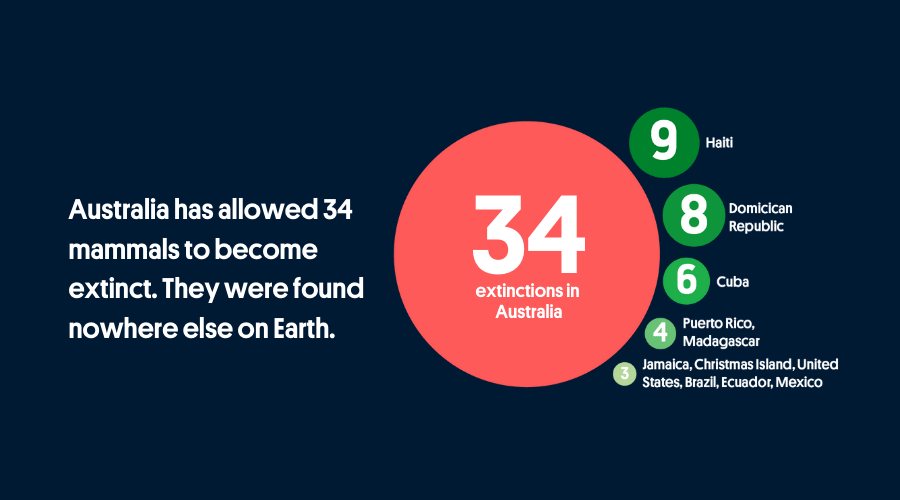
Plus we are second for biodiversity loss just behind Indonesia.
First Nations people have been custodians of the land for tens of thousands of years, but since colonisation 55 wildlife species and 37 plants have been driven to extinction.
Everything from the iconic Tasmanian tiger (extinct: 1936) to the Christmas Island pipistrelle bat (extinct: 2009) and the Bramble Cay Melomys (extinct: 2019).
The list keeps growing. In February 2022, the koala was officially listed as endangered after a decline in its numbers due to deforestation and catastrophic bushfires shrinking its habitat. Following the catastrophic bushfires of 2019/20 many species already under pressure have been pushed to the edge.
Australia’s biodiversity tells a unique and continental-scale story of evolution, isolation and adaptation. It is one of immense scale, mega-diversity, endemism and uniqueness. But more recently, also of rapid ecological loss, extinction and regulatory failure.
We believe that it is crucial for all investors, financiers and supply chains associated with Australian industrial operations to engage with the unique challenges of Australian biodiversity risk. In doing this they must answer key questions about their own contribution to global biodiversity decline and financial, legal and reputational exposure.
Australia’s combination of global specialness and environmental failure means that companies operating in Australia face very real challenges associated with risk assessment and disclosure that must be urgently addressed to reduce their exposure to globally significant biodiversity risks.
While multiple drivers are contributing to Australia’s ecological decline, deforestation and habitat degradation and fragmentation are significant and increasingly visible and attributable.
Comparisons can and should be drawn between Australia’s climate policy failures (and the resulting increased scrutiny and expectation on investor, finance and market actors) and the country’s increasingly obvious biodiversity protection and management failures.
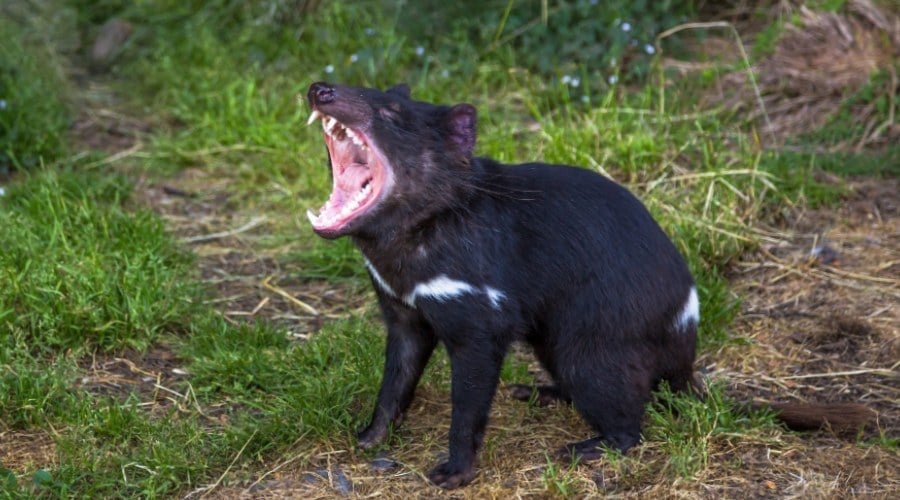
Australia is one of the world’s megadiverse countries.
Australia’s size, the scale of many of its ecological systems and the remoteness of many of its landscapes means that despite significant and ongoing impacts (including land clearing and invasive species) it still holds some of the planet’s remaining large, intact and functioning ecosystems. The places that can provide a critical “life raft” for biodiversity.
Not only is Australia mega-biodiverse, but that biodiversity is more evolutionarily unique than anywhere else on Earth. Much of it is endemic and found nowhere else.
Australia’s forests and bushlands have uniquely evolved due to:
Eucalyptus, acacias, melaleucas, casuarinas, callitris, mangroves, and a suite of rainforest, grassland and chenopod species now make up our unique collection of dominant vegetation.
Many of the plants within these forests and bushlands are uniquely Australian and are found nowhere else on Earth. Much of the wildlife that depend on and are part of these ecosystems are known only to Australia.
Further reading:
Siblicidal kookaburras, truffle-snuffling potoroos: Why did Australia’s wildlife astonish even Charles Darwin? Sydney Morning Herald, August 15 2021
‘Like comparing apples with dried oranges’: Will Australia ruin British farms? Sydney Morning Herald, June 16 2021
The Environment Protection and Biodiversity Conservation Act 1999 (the EPBC Act) is Australia’s national environment law.
It has a very important job.
The EPBC Act is meant to stop threats to important habitat for threatened species like the Tasmanian devil, koala, platypus and Leadbeater's possum, safeguard our natural places and ensure all levels of government work together to protect Australia’s environment and natural diversity of life. Industries, including the renewables industry, need to be subject to strong new nature laws.
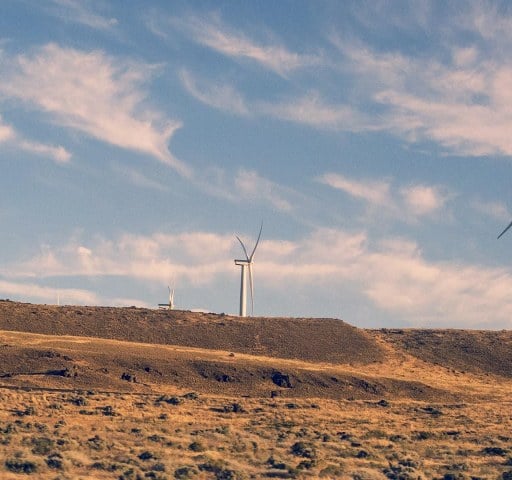
Australia’s renewable energy transition must minimise negative impacts on nature and cultural values.
‘Australia’s natural environment and iconic places are in an overall state of decline and are under increasing threat’—Professor Graeme Samuel AC
In Australia, legality does not and cannot guarantee operations manage biodiversity risk or demonstrate sustainability.
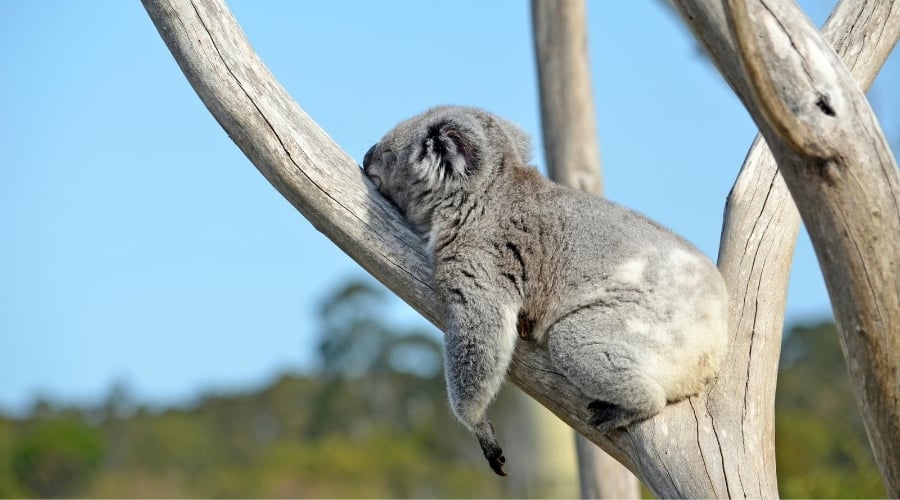
On 28 January 2021, Australia’s Federal Environment Minister released a long-awaited report of the Independent Review of Australia’s environment laws by Professor Graeme Samuel AC.
The Independent Review comprehensively found that the system of environment laws in Australia is broken and only fundamental reform of our national environment laws will turn around Australia’s extinction crisis and safeguard our iconic natural and cultural heritage.
The Australian Government must act on the recommendations of the report.
Learn more about the need for strong new nature laws.
Australia’s in the midst of a wildlife extinction crisis. To turn this around, the federal government needs to put strong laws in place that actually protect nature, not support risky business schemes.
Worryingly, the Albanese government is pushing ahead with a so-called 'nature repair market'. It's a distraction from the agenda nature needs.
If Australian laws aren't working—do you know you're not part of the problem? When they start tallying up the losses will your company be responsible?
Can you trust the Australian government to save the Koala or protect the world's largest flowering trees?